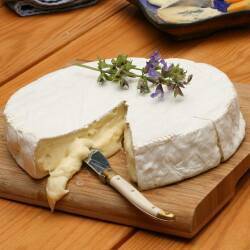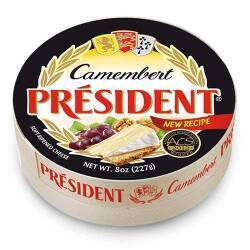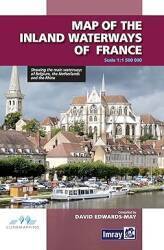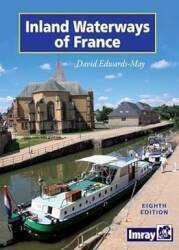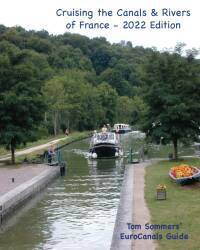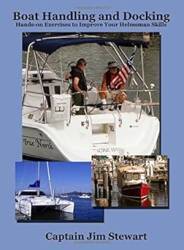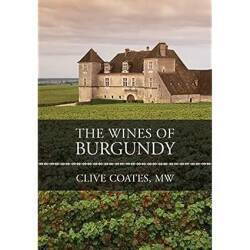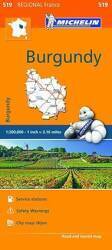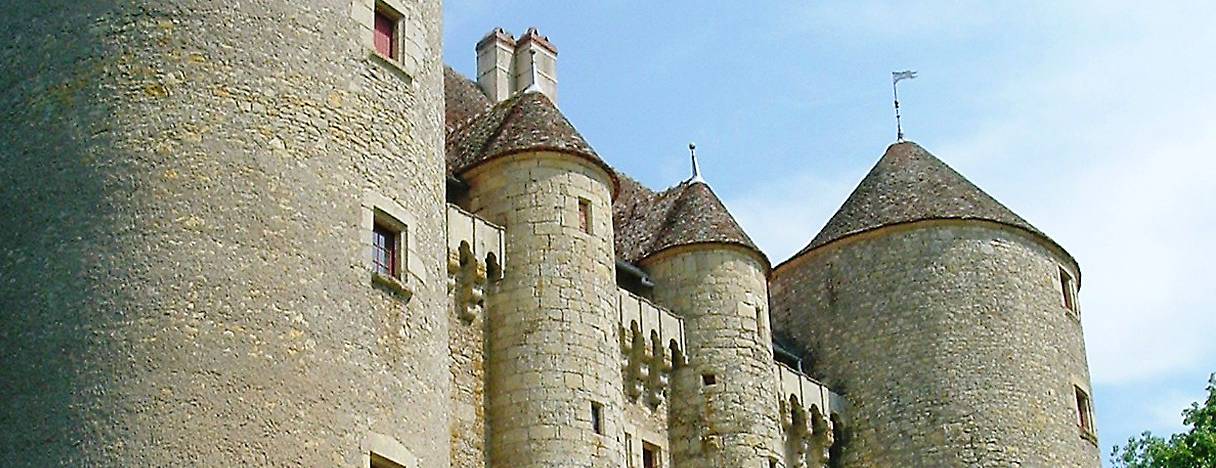
Nevers to Fleury-sur-Loire
The Canal Latéral à la Loire
We are on a one-week trip from Briare to Decize,
130 kilometers on the
Canal Latéral à la Loire
along the edge of Burgundy in central France.
We just spent the night at
Nevers,
where we saw its large double cathedral of
Saint Cyr and Sainte Julitta.
Now we will leave its large boat basin and return to
the main canal via the long side channel.
The main canal turns to the south, taking us past the
small town of Sermoise-sur-Loire.
We will stop at Chevenon to get lunch and see a very
impressive château.
We will continue to the southeast and tie up for
our last night along the canal at Fleury-sur-Loire.
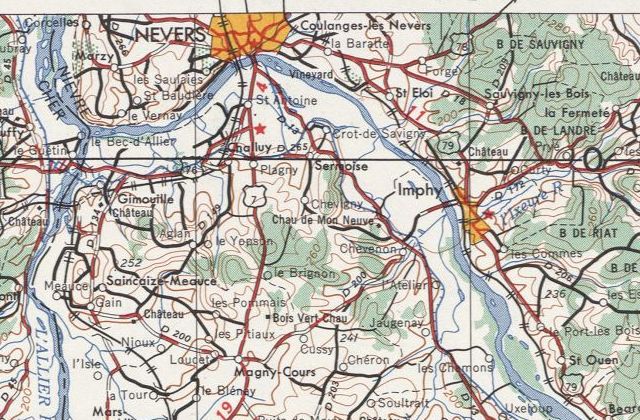
Part of map NL-31-5 from the Perry-Castañeda Library Map Collection at the University of Texas at Austin.
Sermoise-sur-Loire
More onSermoise-sur-Loire
Sermoise-sur-Loire is a town of almost 1,600 inhabitants.
The first airport for Nevers was built here in 1910. In 1935 a new airport was built closer to Nevers.
Chevenon
More onChevenon
Chevenon is a little further along the canal. The local businesses have put up a sign by the canal so you know where to tie up and walk the kilometer or so into the town of about 600 inhabitants.
The Church of Saint Martin at the center was first built in the 12th century, extended in the 13th and 15th centuries, and then renovated more recently.
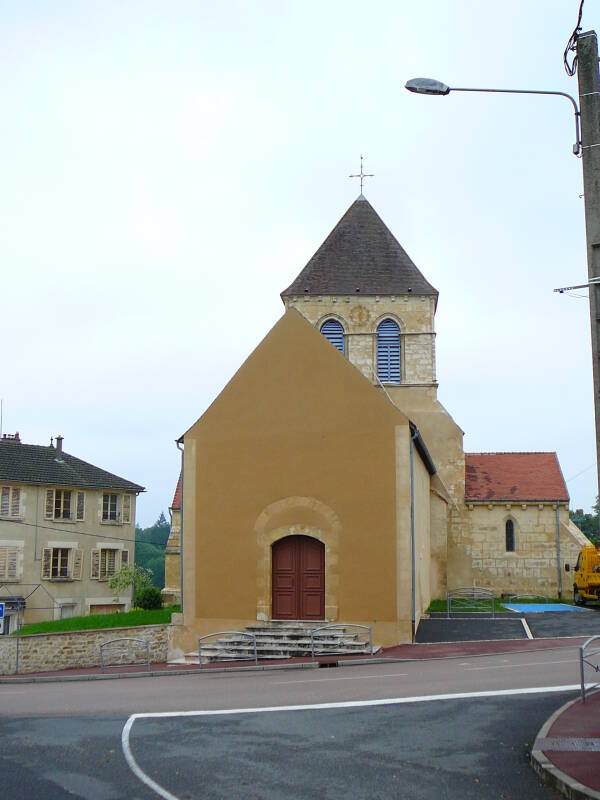
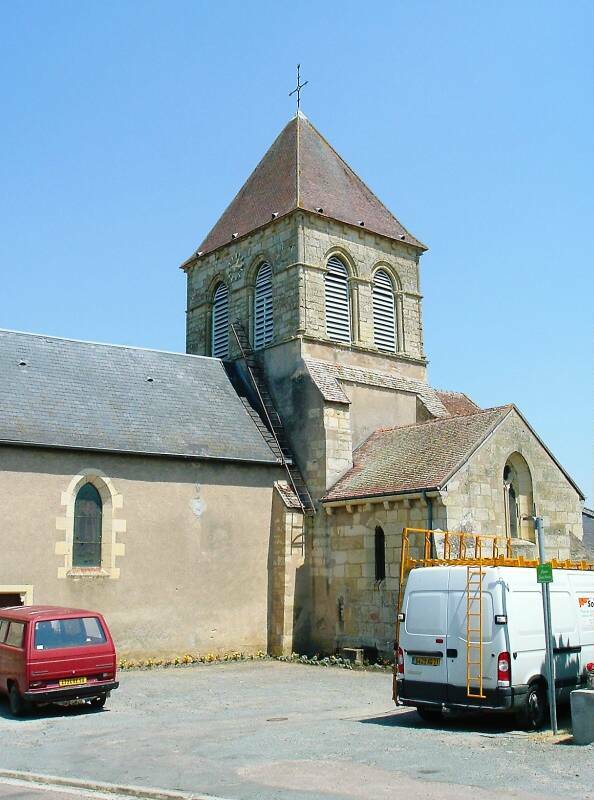
We got lunch at the bar–tabac in the center of town.
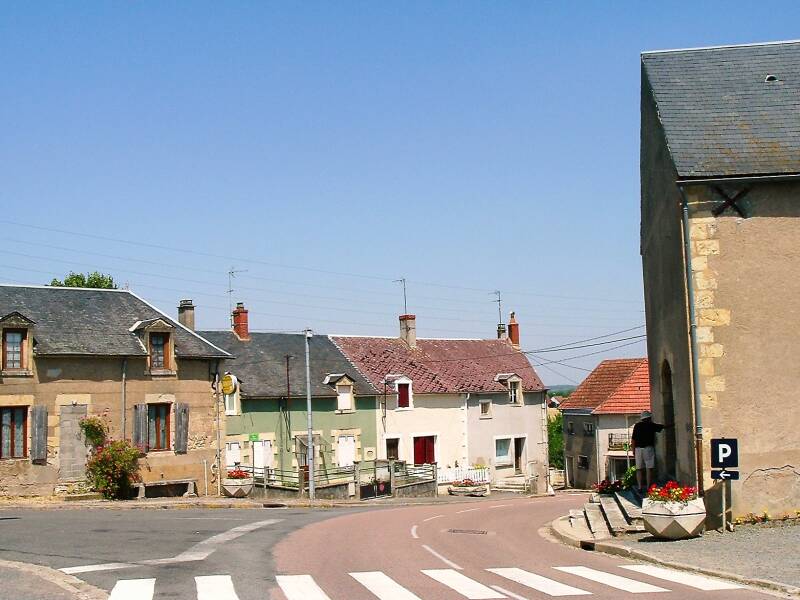
Menu routier, basically "the truck driver's meal."
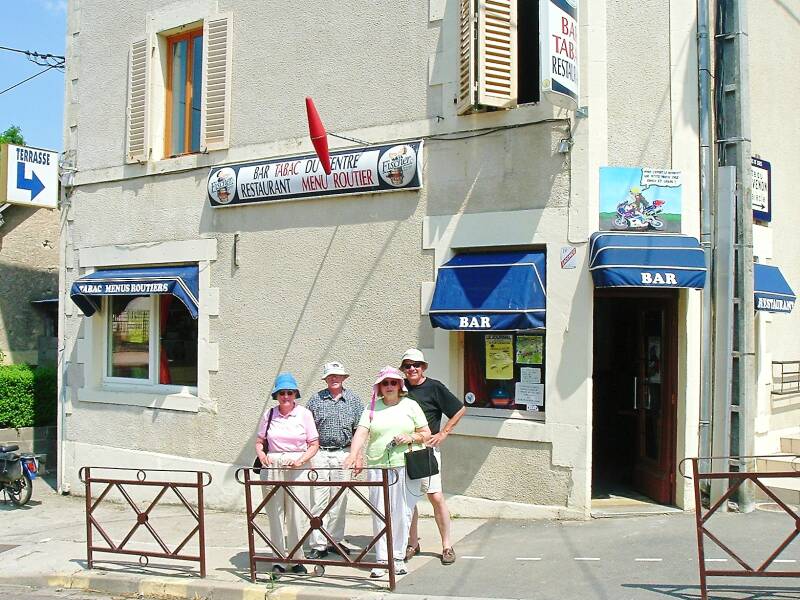
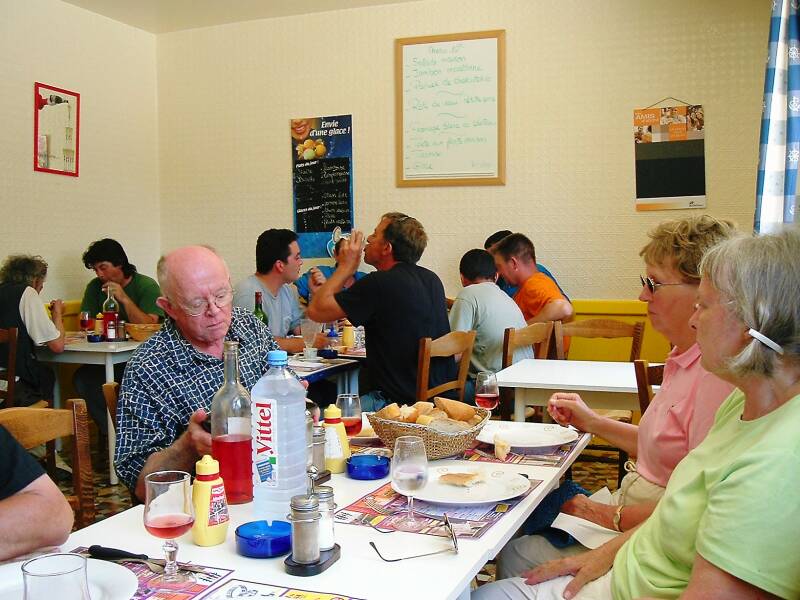
For 14.20€ you get:
-
Starter:
- Paté or
- Salmon loaf or
- Chicken—pastry starter
-
Main:
- Steak with green beans or
- Pork roast
-
Cheese:
- Cheese plate or
- Fromage blanc, creamy soft cheese similar in consistency to cream cheese but almost entirely fat free
-
Dessert:
- Apple fritter or
- Apples stewed with sugar or
- Ice cream
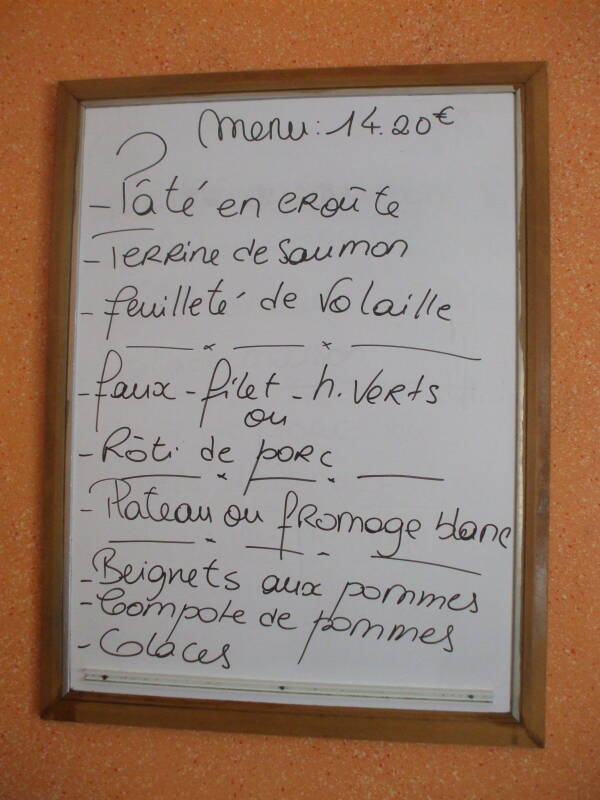
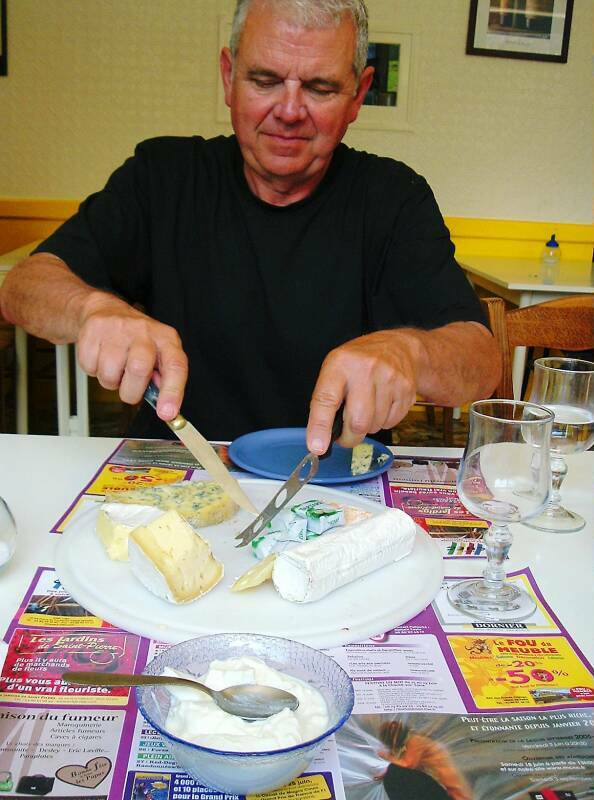
Château de Chevenon
The Château de Chevenon was built between 1382 and 1406 by William I of Chevenon, appointed captain of Vincennes by King Charles V. It's in the style of the Vincennes château, a tall rectangular house with round towers on two corners and square towers on the other two. It was rebuilt in the 16th, and restored in the 19th.
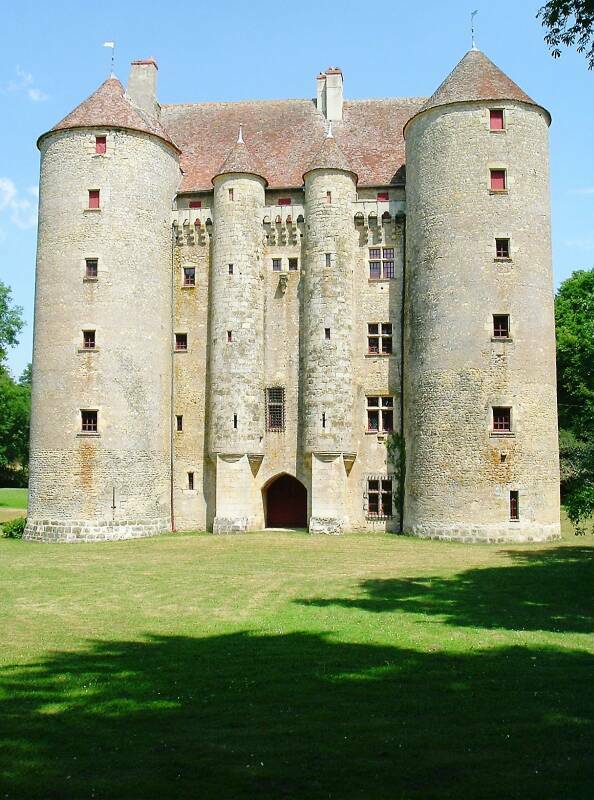
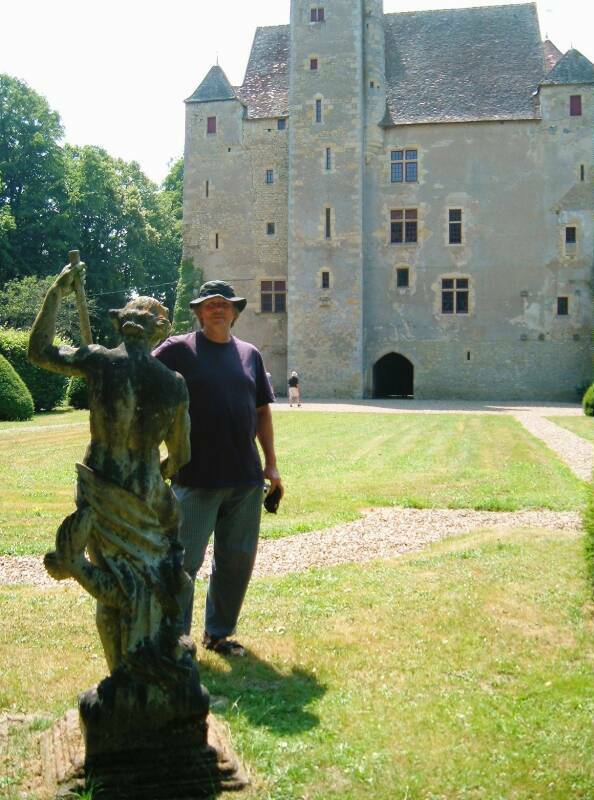
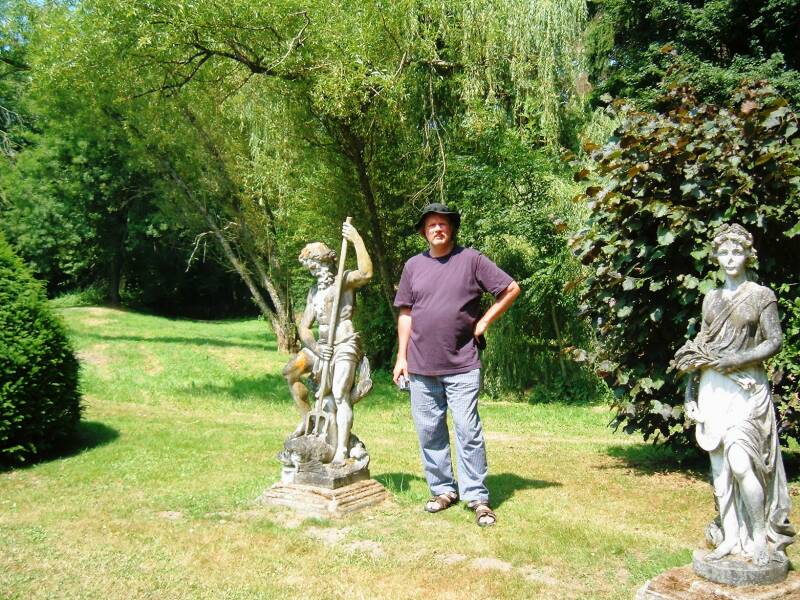
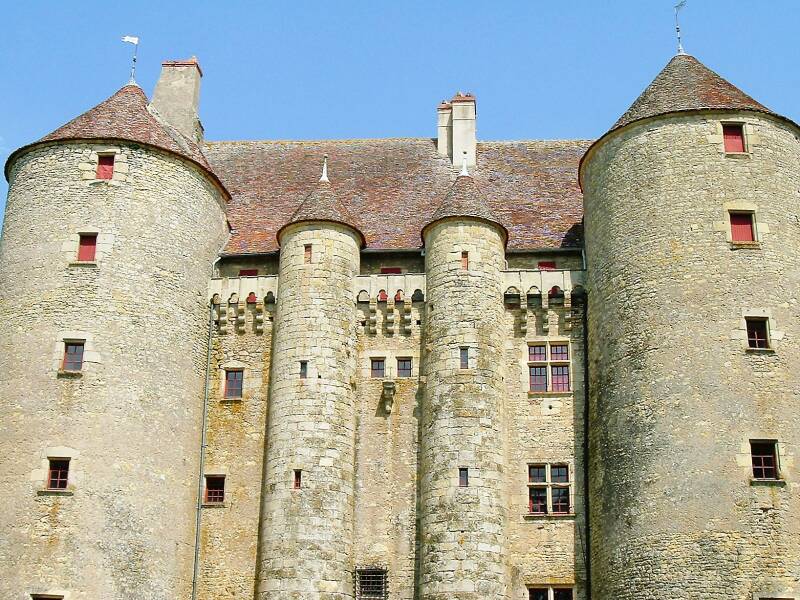
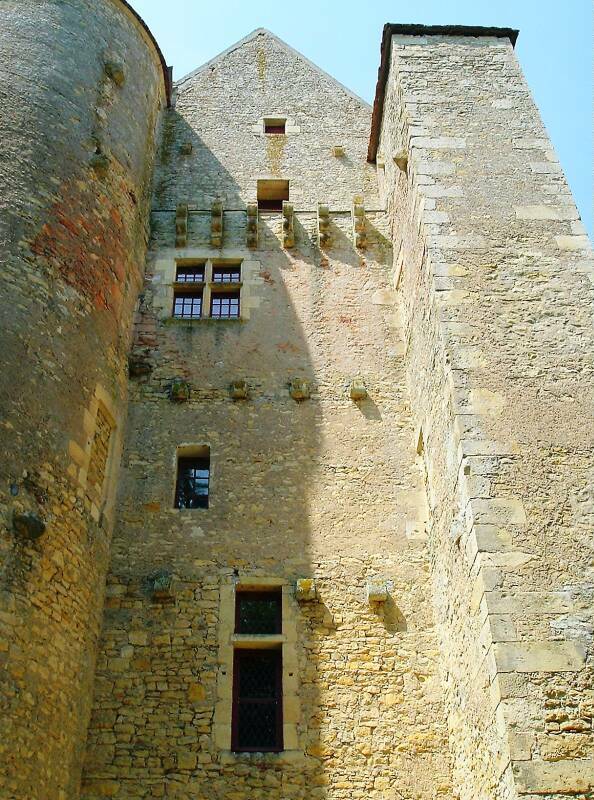
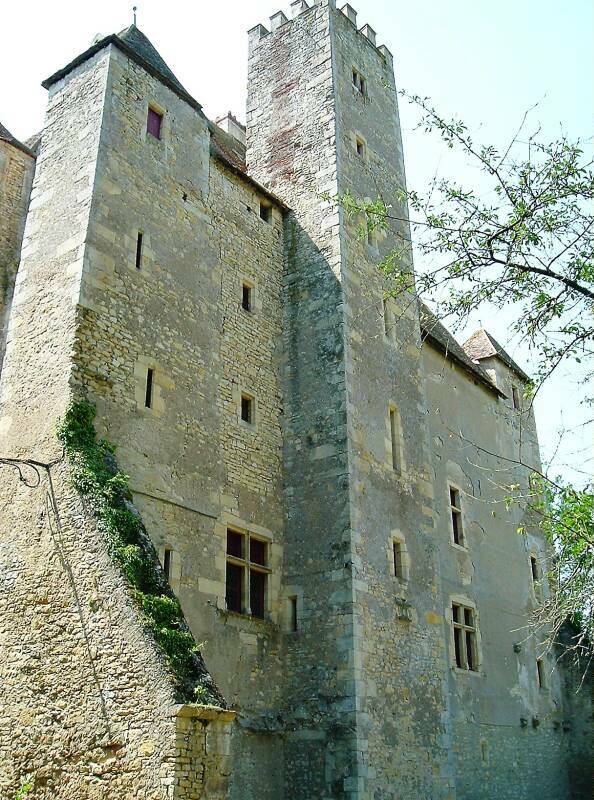
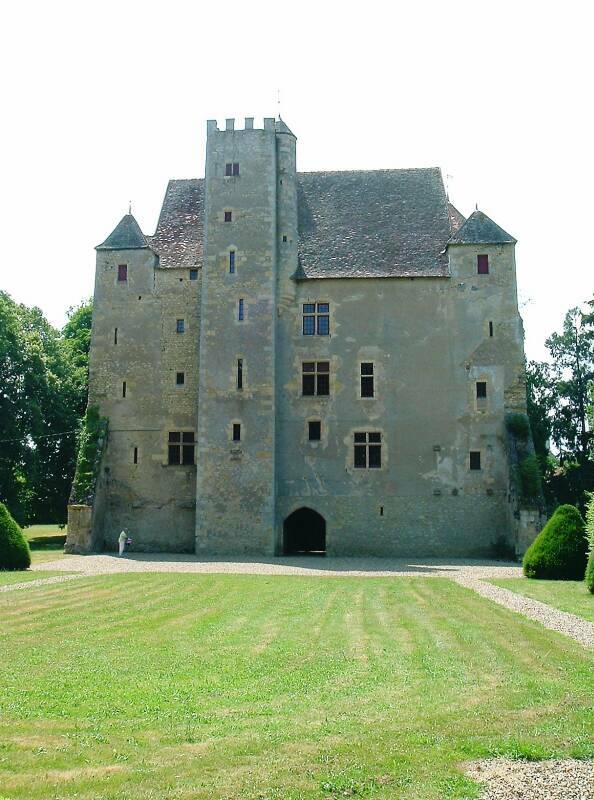
A nearby sign says:
The Château of Chevenon
It is considered the most prestigious of all the châteaux of the Nivernais region, both in its structure and state of conservation and by the nobility of its interiors.
The château which remains today was built between 1382 and 1406, in the style of the château of Vincennes, in place of two residences which have disappeared.
Initially, it was a square protected by two surrounding ditches and two strong round towers.
Parts of the original château that were threatening to collapse were demolished in the second half of the 18th century, leaving only the body of the west stately home, better protected than others.
In 1770 two large towers were destroyed and in 1773 the ditches were filled and the surrounding curtain walls demolished. Thus was delivered to the wreckers part of the fortress which without fail had resisted for centuries the most violent attacks. The west façade is now flanked by two remaining round towers. The walls are still pierced with arrow loopholes and gun ports, sometimes replaced by small windows.
Despite the alterations made to the 17th and 18th centuries, Chevanon remains one of the finest castles of Nivernais.
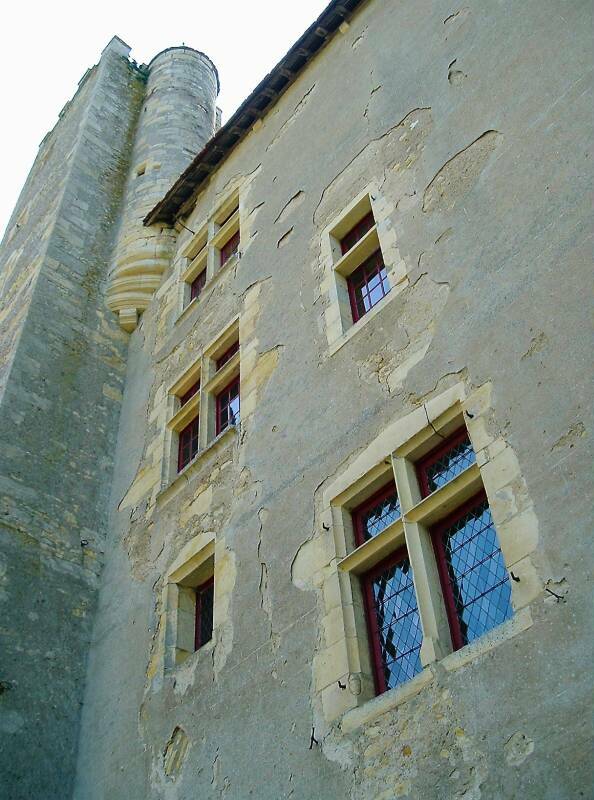
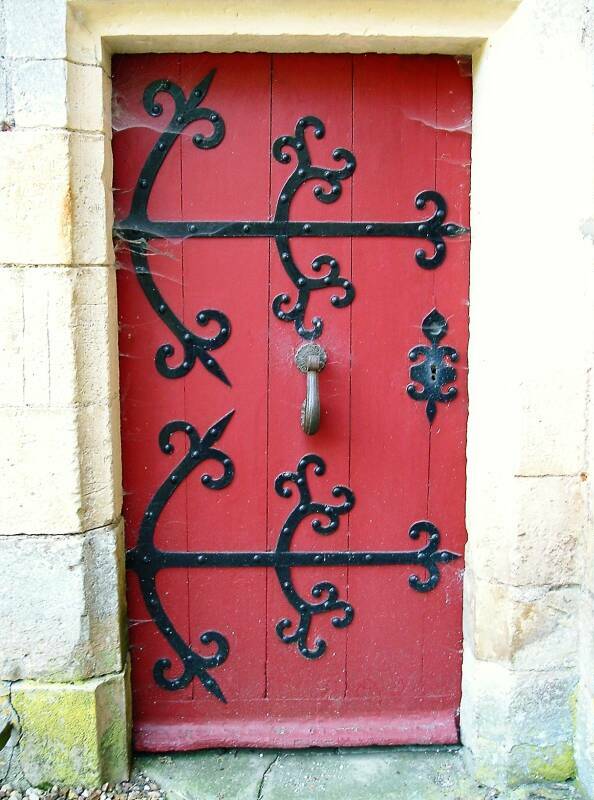
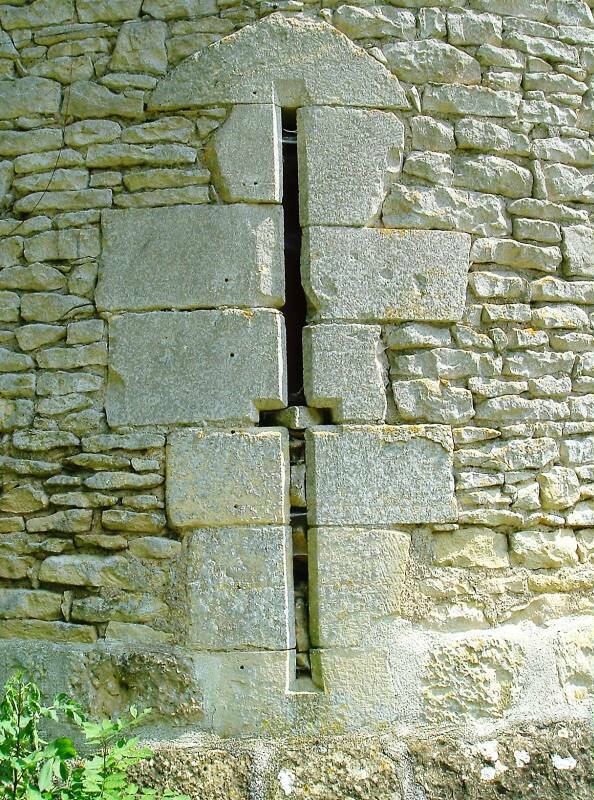
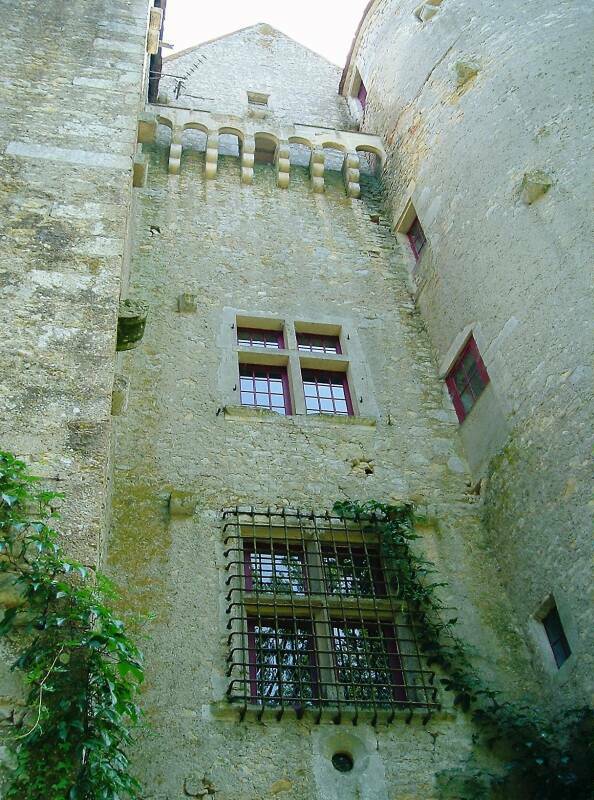
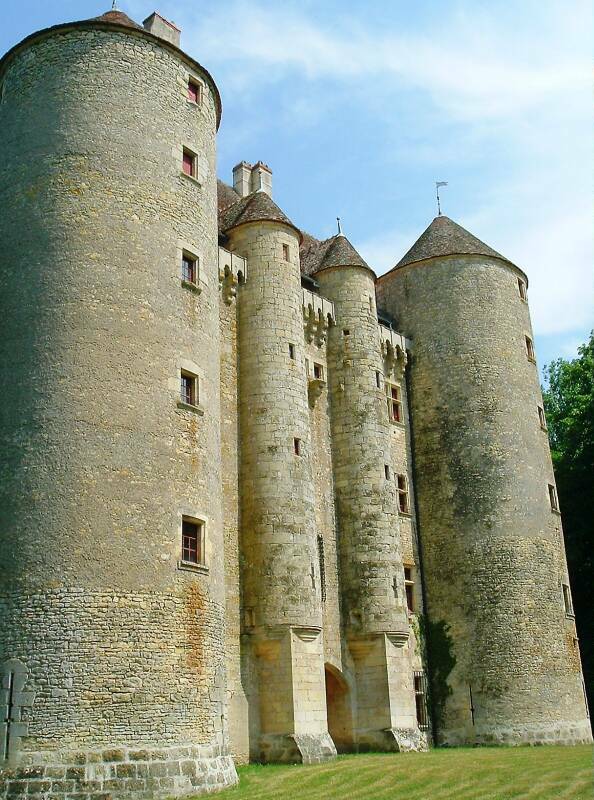
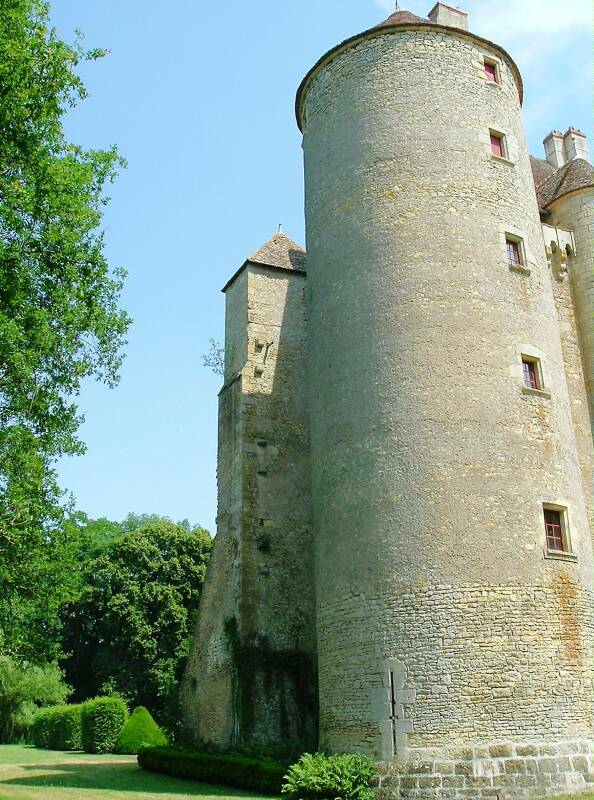
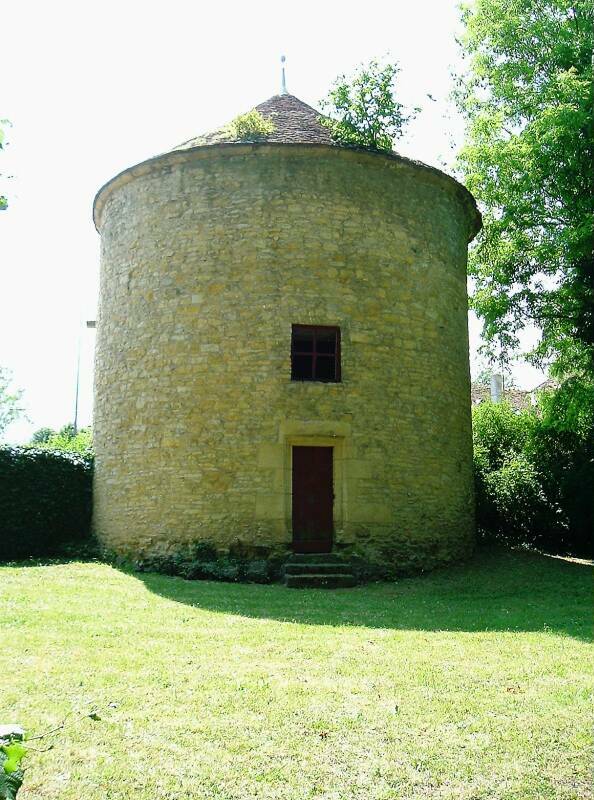
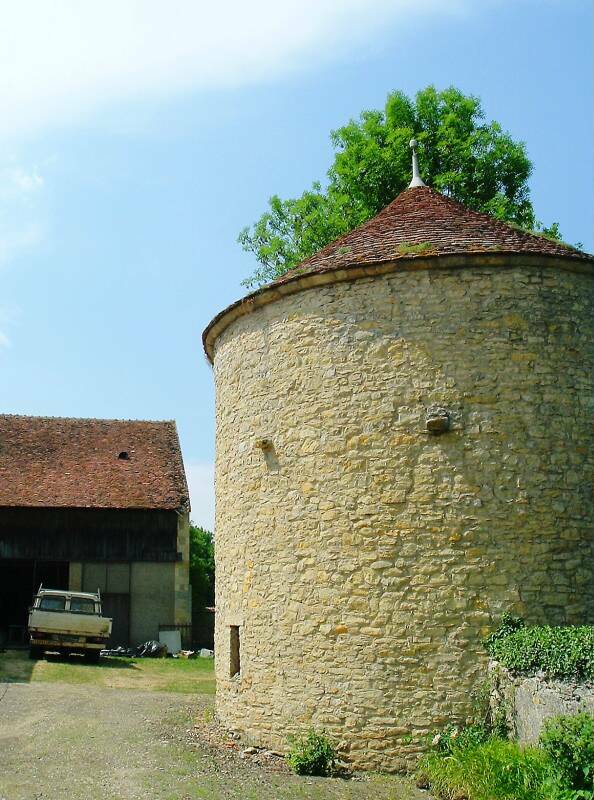
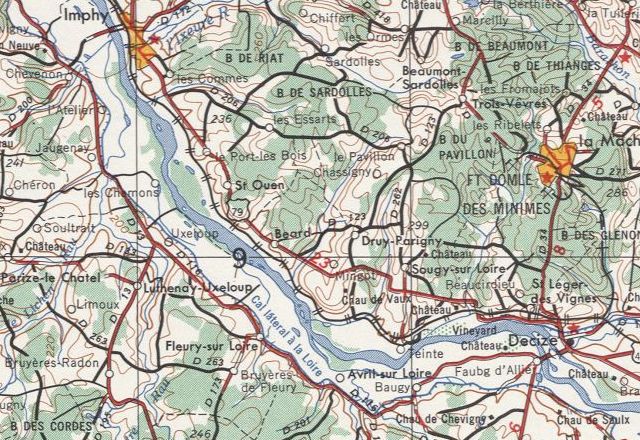
Part of map NL-31-5 from the Perry-Castañeda Library Map Collection at the University of Texas at Austin.
Luthenay-Uxeloup
More onLuthenay-Uxeloup
Luthenay-Uxeloup, like Chevenon, lies off to the side of the canal. The apse of its Saint-Aignan parish church was built in the early 12th century.
Its Uxeloup kennel was famous as the base of a hunting team that began in 1830 hunting wolves in the surrounding forests. Then they switched to hunting rabbits, and more recently, badgers.
Fleury-sur-Loire
More onFleury-sur-Loire
Fleury-sur-Loire is a village of just 242 people who have done a very good job of attracting business from the canal. They had a good place to tie up on our first trip, but on the second trip they were making it even better.
The small cabin is a small café with light meals. Or you can walk just over a hundred meters into the village to a café near the church.
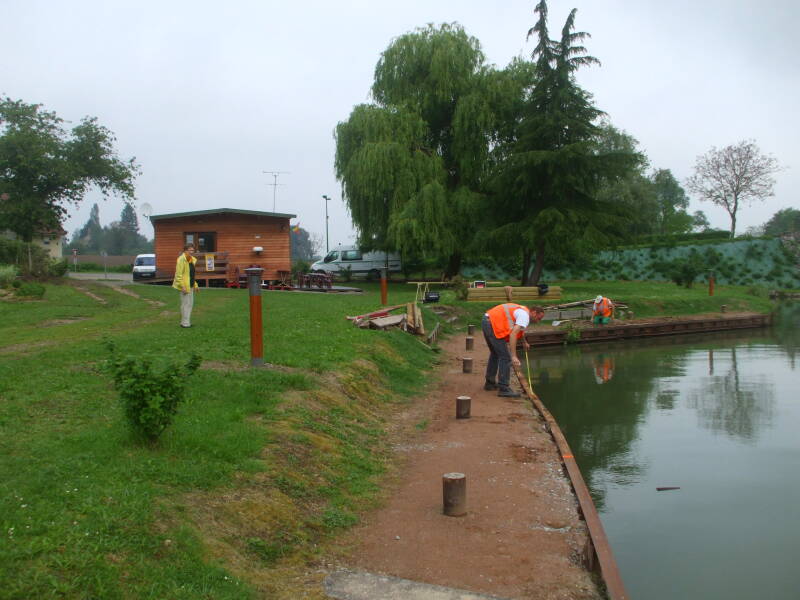
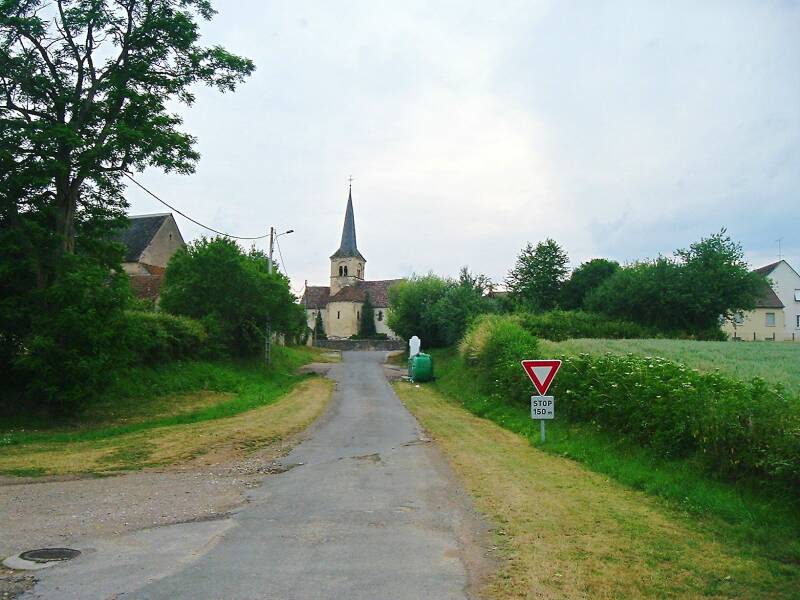
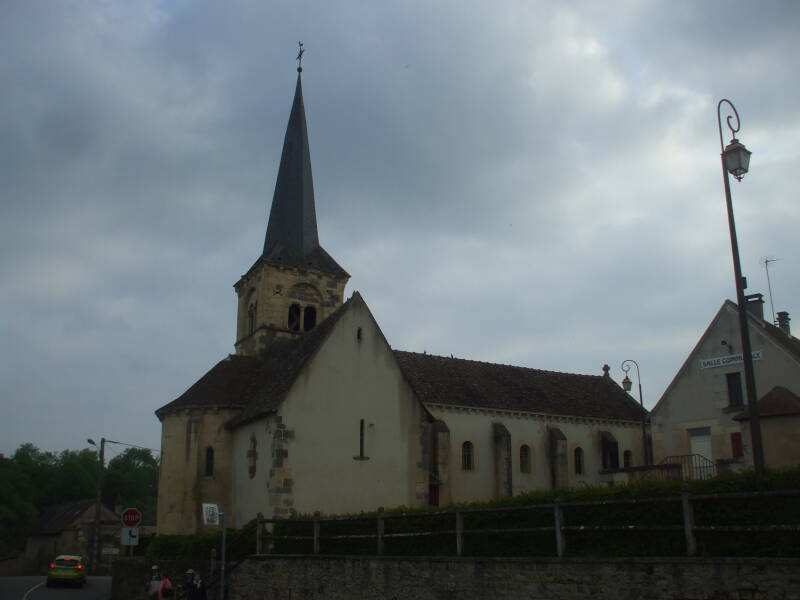
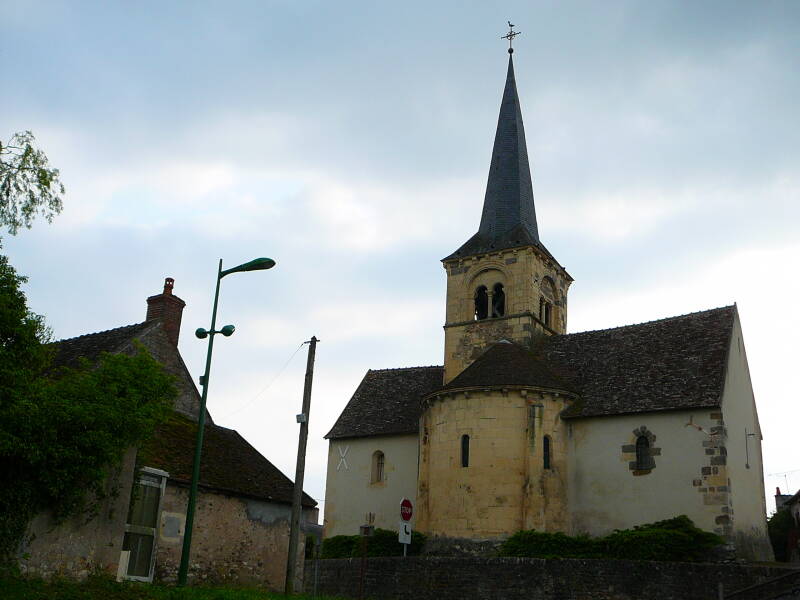
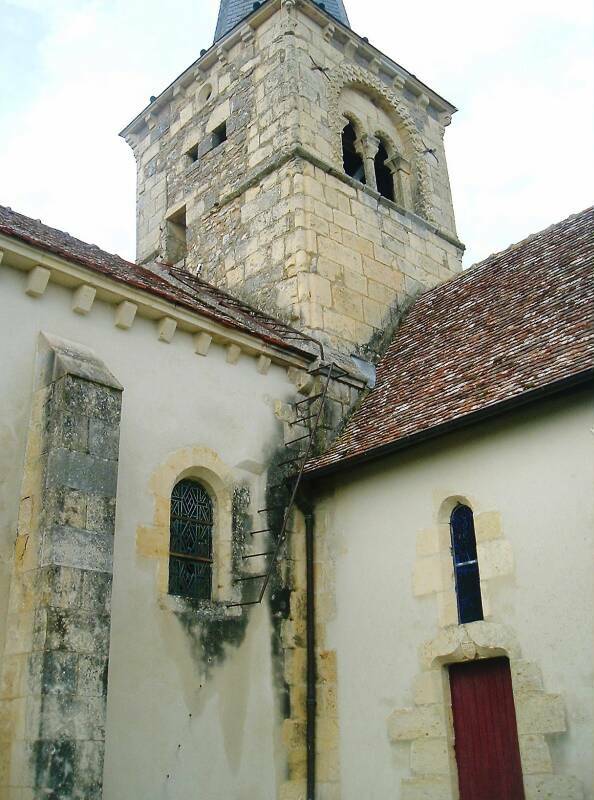
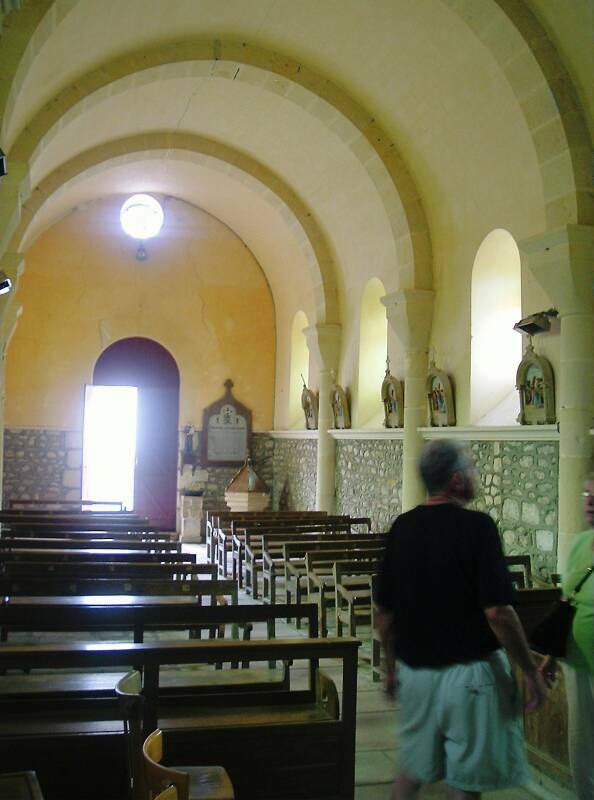
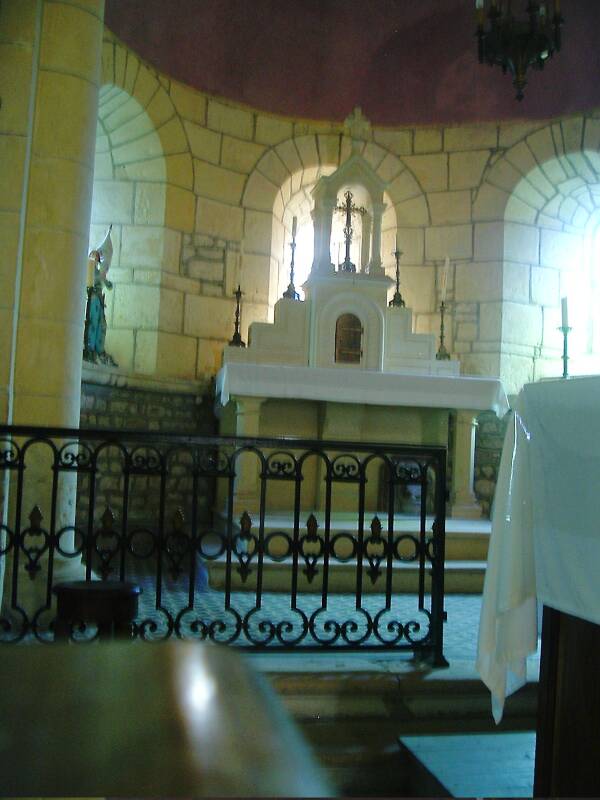
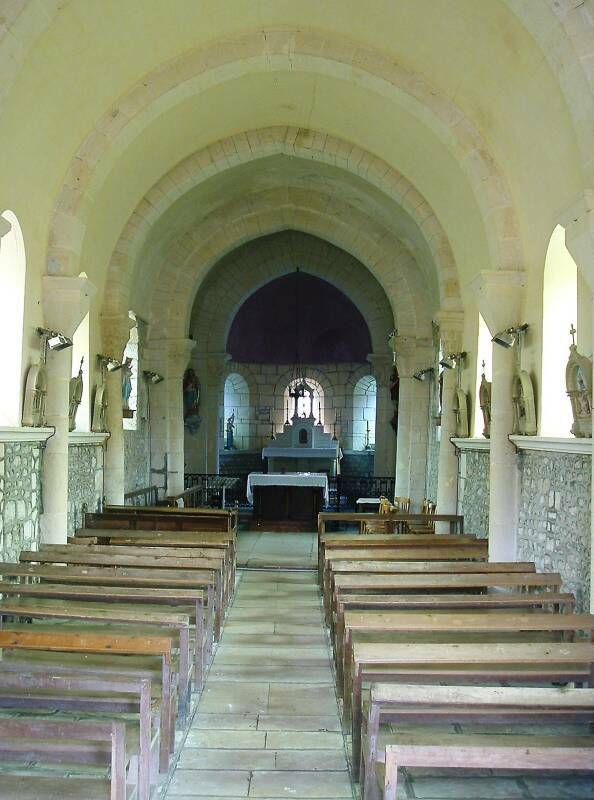
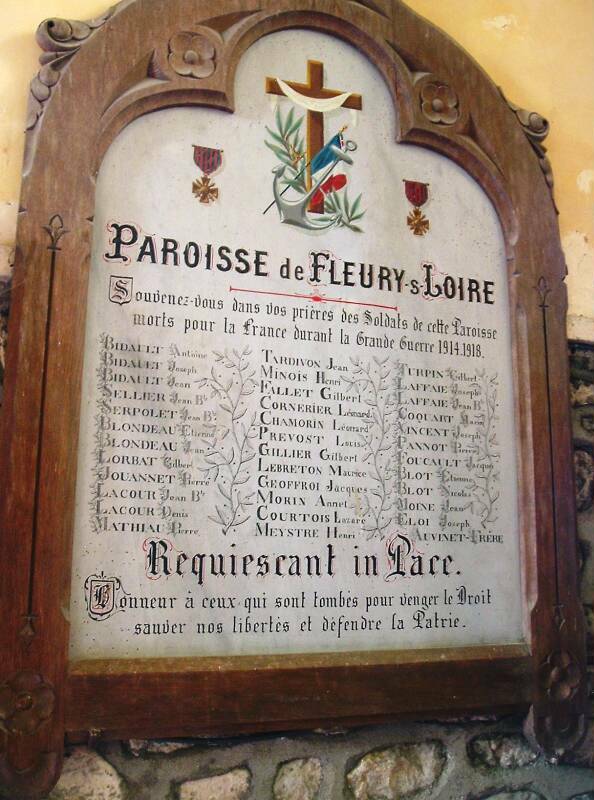
A plaque inside the parish Church of Saint-Julien lists 36 men from the village who were killed in the First World War. The population was 401 in 1911, 334 in 1921.
A café near the church has the key to the church.
We will stay here for one last night on the canal. In the morning we will continue to Decize. We won't have far to go, so we will arrive in plenty of time to pack up and ready to turn in the boat in the morning.
